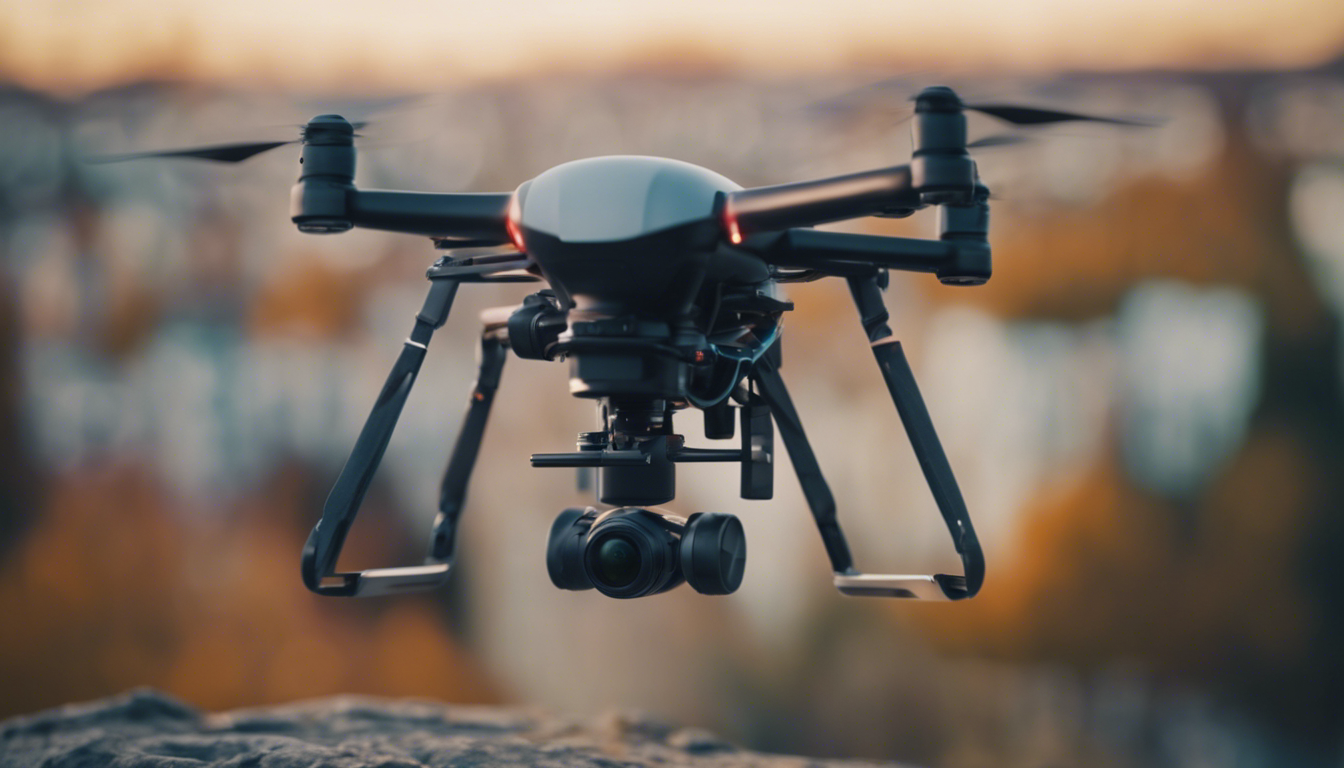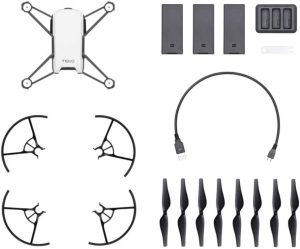
Drones have revolutionized the world of aerial filmmaking, providing filmmakers with an affordable and versatile tool to capture breathtaking shots from the sky. Consumer drones, in particular, have become incredibly popular due to their ease of use and advanced features. In this article, we will delve into the various aspects of using consumer drones in the art of aerial filmmaking, offering practical tips and insightful information.
The Evolution of Aerial Filmmaking
Gone are the days when aerial shots were only possible with expensive helicopters or cranes. With the advent of consumer drones, filmmakers now have a reasonable investment alternative that can capture stunning aerial footage in a much more flexible and efficient manner.
Consumer drones come equipped with high-resolution cameras and stabilizing gimbals, allowing filmmakers to capture smooth and cinematic shots from various perspectives. The ability to fly at different altitudes and maneuver through tight spaces provides endless creative possibilities.
Choosing the Right Consumer Drone
When it comes to aerial filmmaking, choosing the right consumer drone is important. Factors such as camera quality, flight time, range, and stability should all be considered.
One popular option is the DJI Mavic Air 2. It offers 4K video recording, a 48-megapixel camera, and a flight time of up to 34 minutes. Its compact size makes it highly portable, perfect for capturing shots in remote or challenging locations.
Another great choice is the Autel Evo II. With an 8K camera and a flight time of 40 minutes, it offers exceptional image quality and longer airtime. Its obstacle avoidance system ensures safe flying even in complex environments.
Tips for Capturing Cinematic Shots
While having the right equipment is important, knowing how to use it effectively is equally essential. Here are some tips to help you capture stunning aerial shots:
1. Plan your shots: Before taking flight, plan your shots in advance. Visualize the composition and the desired movement of the camera. This will save time and help you achieve the desired results.
2. Use the rule of thirds: Just like ground-based photography, the rule of thirds applies to aerial shots as well. Frame your subject off-center to create a visually pleasing composition.
3. Experiment with different angles and heights: Drones offer the flexibility to capture shots from varying heights and angles. Take advantage of this by experimenting with different perspectives to add depth and visual interest to your footage.
4. Use manual camera settings: While consumer drones come with automatic modes, using manual camera settings can give you more control over exposure, shutter speed, and other important parameters.
5. Fly smoothly: Smooth and controlled flight movements are crucial for capturing smooth footage. Practice flying your drone in a smooth and gradual manner to avoid jerky or shaky shots.
The Regulatory Landscape
It is important to note that drone usage is regulated by aviation authorities in many countries. Make sure to familiarize yourself with the local regulations and obtain any necessary permits or licenses before flying your drone for aerial filming.
Always ensure the safety of people and property while flying your drone. Respect privacy laws and avoid restricted areas such as airports and sensitive government facilities.
In conclusion
Consumer drones have opened up new possibilities in aerial filmmaking, allowing filmmakers to capture stunning shots at a fraction of the cost. By choosing the right drone, planning your shots, and adhering to regulations, you can take your aerial filmmaking to new heights.
Explore the world of consumer drones and let your creativity soar!
